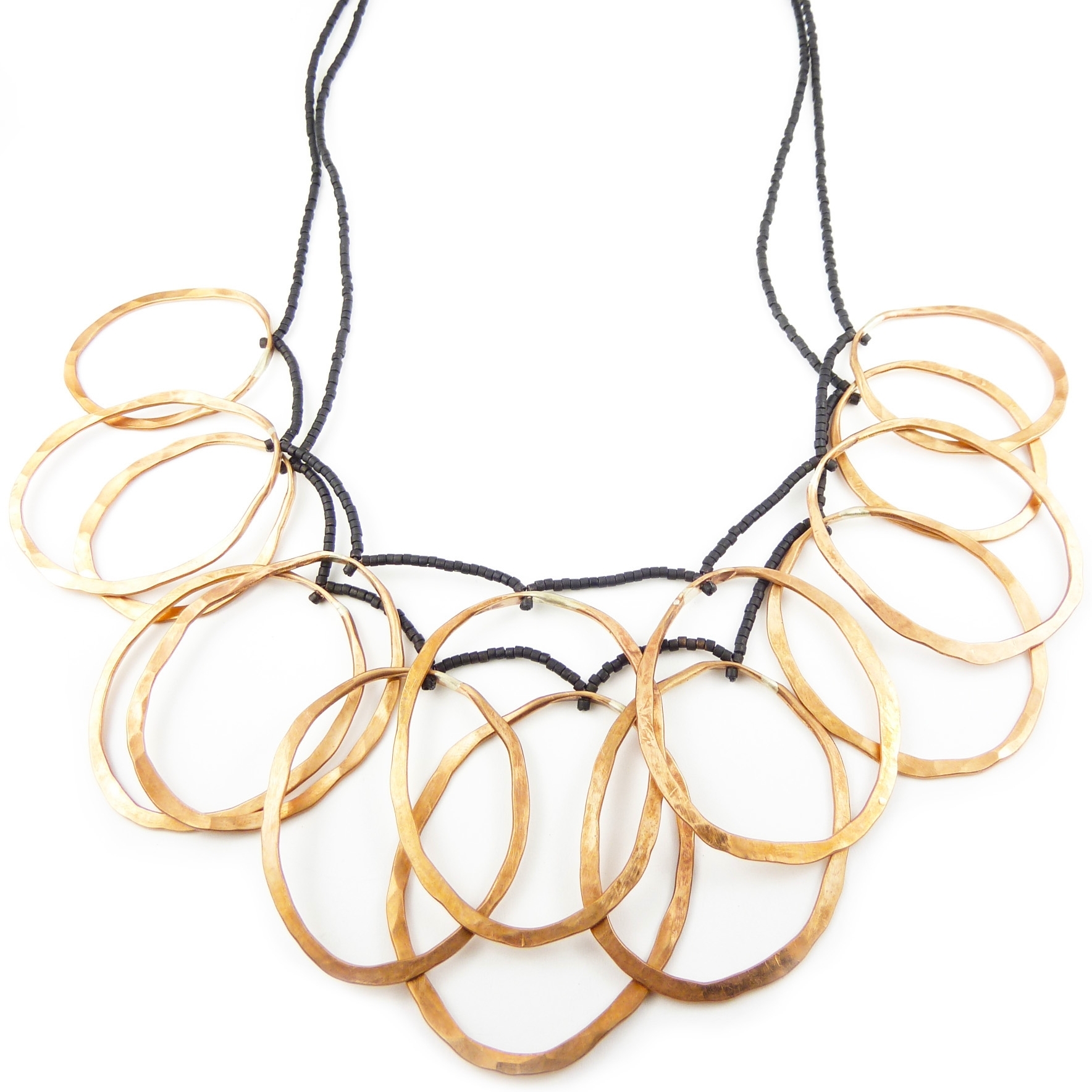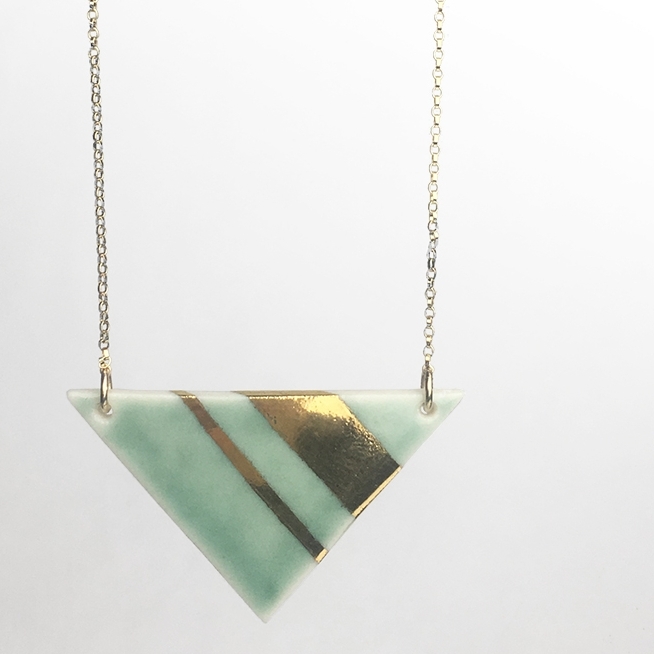I recently had the opportunity to speak with Russell about the motivation behind his latest exhibition and his interest in Duennebier's work. With Pushing Painting, Russell began with the idea of organizing an exhibition of regional painters. He explained that New England has a remarkably long history of painting and several notable painting schools such as the Hudson River School, making the region akin to parts of Europe or England in terms of the breadth of historical influence to draw upon. It was his observation that with New England’s rich history of painting techniques, it is incredible that artists in this area are still finding ways to innovate with the medium and keep it feeling contemporary and relevant. He particularly honed in on painters who found ways to pay homage to the history of image making while still working from a fresh or different perspective that made their paintings feel as contemporary as other avant-garde types of images.
With Duennebier’s work, Russell was initially drawn to the rigor and commitment he saw in her technique. Her dedication to fidelity and acutely representing textures and light is remarkable, and for Russell, was a sign that Duennebier was someone to pay attention to. Her mastery of acrylic paint was also particularly noteworthy. While her paintings fool many people into believing they are painted with oil, a medium often associated with more detail and depth, Duennebier is actually working exclusively with acrylic paint. Her expert application of acrylic paint and varnish allows her to convey a broad range of textures, from shimmering pearls and airy gauze to oozing and disintegrating molds, with the weight and seriousness of an Old Master working in oil. According to Russell, viewers mistaking these paintings as seventeenth century oils gives the paintings an aura of history while also leading the viewer to think differently about contemporary mediums.
For Russell, the three artists in Pushing Painting are united by the way they open up historical images for continued discussion and reinterpretation. Within the canon of art history the meaning of art movements and interpretation of an artist’s oeuvre can feel established or determined in a way that can be restrictive. However through the work of Ansel, Duennebier, and Slick, Russell demonstrates his view that “the history of the painted image is something that is constantly becoming and is renegotiated.” These artists are “intervening to try to collapse and simultaneously open and expand” the distance between contemporary viewers and historical influences, making room for history to live again in our contemporary consciousness. Regarding Duennebier’s work specifically, Russell stated that her work reminds him that when encountering any creative work, no matter the time period in which it originated, “there is a contemporary opportunity and a contemporary moment to be open to what that [artwork] might mean, what that image is saying…how might that [artwork] catalyze conversations with others around you.” While Duennebier seems to think primarily in terms of what she has to learn from Old Masters, Russell points out that there is much to learn about art history from Duennebier: “[she] helps me think differently about seventeenth century Dutch still life painting.”





































































